bath salts drug
“Secure and Discreet bath salts drug Purchasing with Revivalschem – Premium Quality Guaranteed”
- Reduced stress due to lowered cortisol levels
- A sense of inner calm or peace
- Reduced feelings of overwhelm or brain fog
- Increased sense of mindfulness or connection with the present moment
- Reduced emotional or mental fatigue
- Bath salts”, a derivative of cathinone, a naturally occurring beta-ketone amphetamine analogue found in the leaves of the khat (Catha edulis) plant, is a potent class of designer drugs associated with significant medical and psychiatric consequences. They are commonly used among 20 to 29 year olds, a group with easy access to the internet and an inclination to purchase online. Therefore, the internet has the potential to play a significant role in the distribution and associated consequences of these “legal highs”.
-
Methods
Google searches were used to determine bath salts availability on retail websites and how different search terms affected the proportion of retail websites obtained. Retail websites were reviewed by two independent raters who examined content with a focus on characteristics that increase the likelihood of online sales.
Results
Of the 250 websites found, 31 were unique retail websites. Most retail website hits resulted when a product name was used as the search term. The top three countries hosting retail websites were registered in the United States (n=14; 45%), Germany (n=7; 23%), and the United Kingdom (n=3; 10%). These online drug suppliers provided considerable information and purchasing choice about a variety of synthetic cathinones, legitimized their sites by using recognizable images, online chat features, and mainstream payment and shipping methods, and employed characteristics that promote online purchases.
Conclusion
Online designer drug suppliers use sophisticated methods to market unregulated products to consumers. The international community has taken diverse approaches to address designer drugs: legislative bans, harm reduction approaches, an interim regulated legal market. Multifaceted efforts that target bath salt users, suppliers, and emergency/poison control entities are critical to comprehensively address bath salt ingestion and its consequences.
Synthetic or designer drugs are chemically derived, laboratory produced substances that are designed to mimic the intoxicating effects of other commonly abused illegal drugs. These drugs have penetrated the international community reaching over 70 countries and territories [United Nations Office on Drugs and Crime (UNODC), 2013]. One such drug is a derivative of cathinone (with a street name “bath salts”), a naturally occurring beta-ketone amphetamine analogue found in the leaves of the khat (Catha edulis) plant (Prosser & Nelson, 2012). Marketed under a variety of individual brand names (e.g., Ivory Wave, Cloud 9, Vanilla Sky), this category of cathinone-based designer drugs (i.e., will be referred to as bath salts throughout the remainder of the paper) is promoted as a legal high that can provide users with the hallucinogenic and euphoric effects found in methamphetamine and ecstasy (Olives, Orozco, & Stellpflug, 2012; Slomski, 2012). Bath salts can be snorted, injected, and swallowed with intoxication resulting in serious acute and chronic medical and psychiatric conditions including recurrent acute kidney injury (Adebamiro & Perazella, 2012), intense psychosis/delirium (Kasick, McKnight, & Klisovic, 2012; McClean, Anspikian, & Tsuang, 2012; Stoica & Felthous, 2013), and overdose and death (Karila & Reynaud, 2011; Murray, Murphy, & Beuhler, 2012; Wood & Dargan, 2012).
Additional side effects that are frequently reported by US poison centers include paranoia and violent behavior, hallucinations, delusions, suicidal thoughts, seizures, panic attacks, increased blood pressure and heart rate, chest pain, nausea, and vomiting. Considering how often the components of synthetic drugs tend to change, users typically have no idea what they are actually ingesting, making the risk associated with use even higher (Davies et al., 2010). For example, while bath salts typically include 3, 4-methylenedioxypyrovalerone (MDPV) and 4-methylmethcathinoe (mephedrone), they can also include butylone, dimethlcathinone, ethcathinone, ethylone, 3- and 4-fluoromethcathinone, methedrone, and provalerone

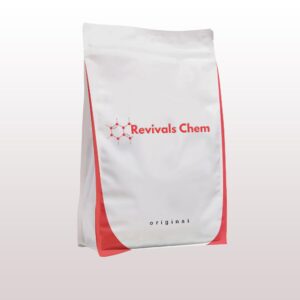
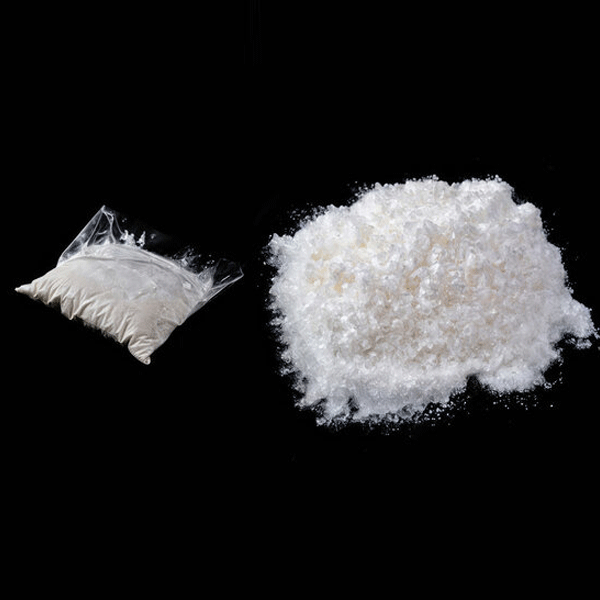
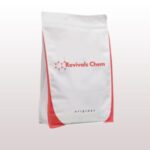
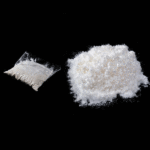

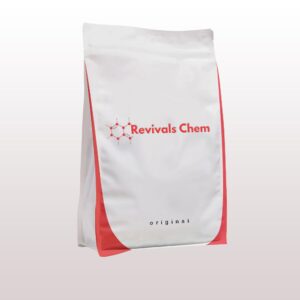


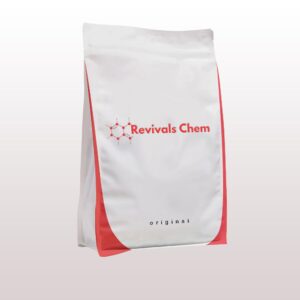
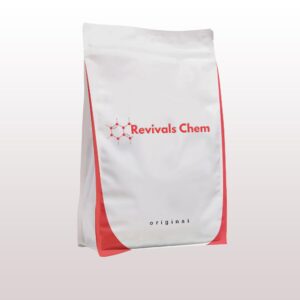
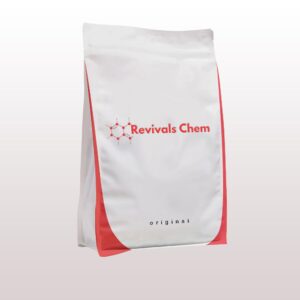
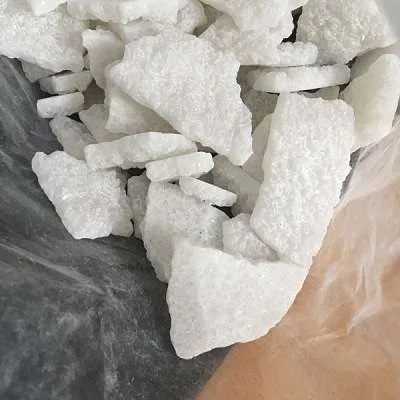
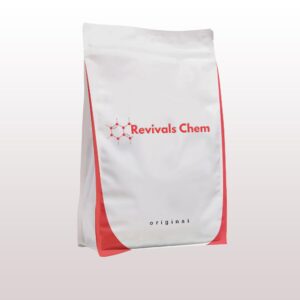

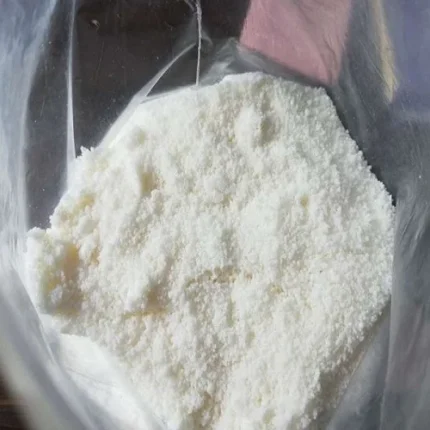
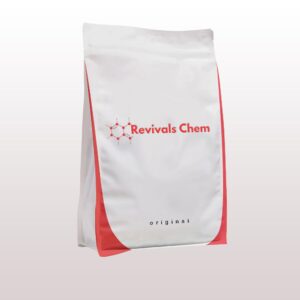
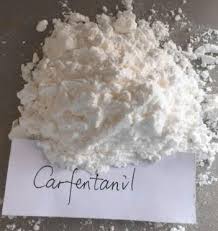
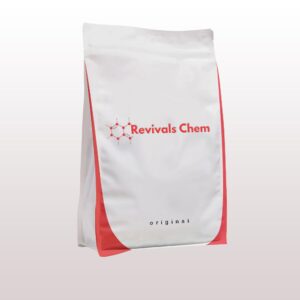
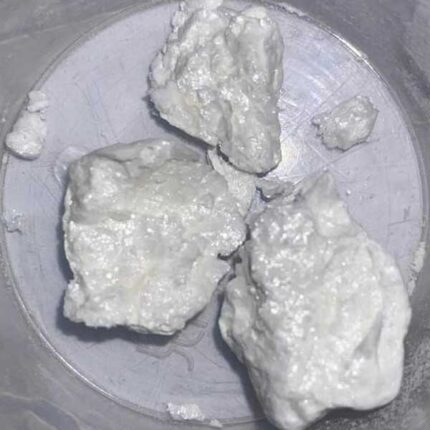


Reviews
There are no reviews yet.